Concurrent's SENT protocol I/O card is ideal for use in high-performance hardware-in-the-loop (HIL) simulation and test applications.
The PCIe card support the Single Edge Nibble Transmission (SENT) protocol as specified by SAE J2716.
The card provides 12 input channels and 12 output channels. The output channels generate SENT output waveforms
depending on how the channel is configured. For each SENT input or output channel, there are three ways to construct the messages: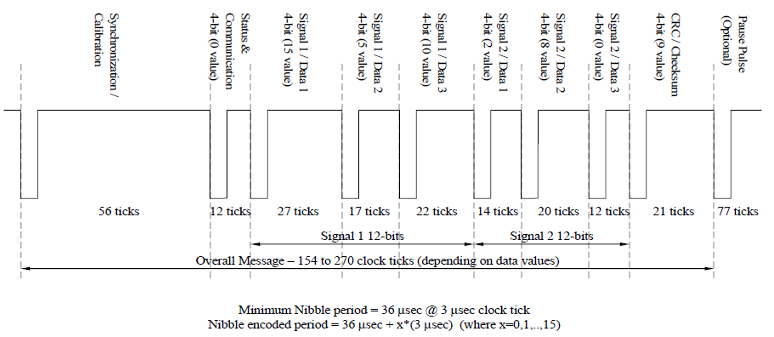
- Fast channel
This is the basic mode of operation of the SENT protocol. Fast channel data is always transmitted/received when the channel is configured. This other format - Short and Enhanced - use status bits of the fast channel to encode additional information. - Signals values are conveyed using the data nibbles.
- The number of data nibbles can be configured between 1 (4 bits) and a maximum of 6 nibbles.
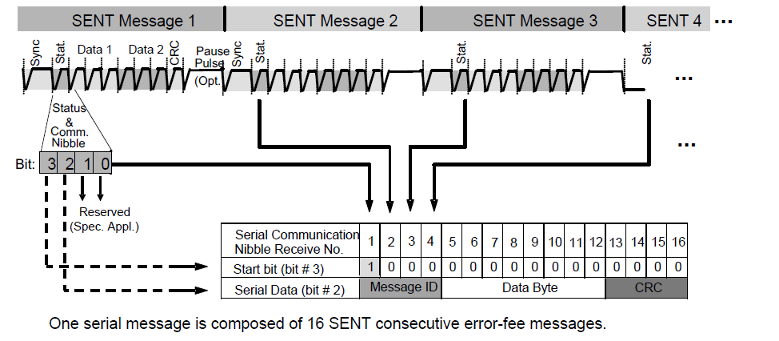
- Short Format
Serial data is transmitted (bit by bit) in bit 2 (of the Status and Communication nibble) of consecutive messages from the transmitter. Serial data is communicated in a 16-bit sequence. - The 16-bit message consists of a 4-bit Message ID nibble, 2 nibbles of data, and a CRC checksum nibble.
- All 16 frames must be successfully received (no errors, calibration pulse variation, data nibble CRC error, etc.) for the serial value to be received.
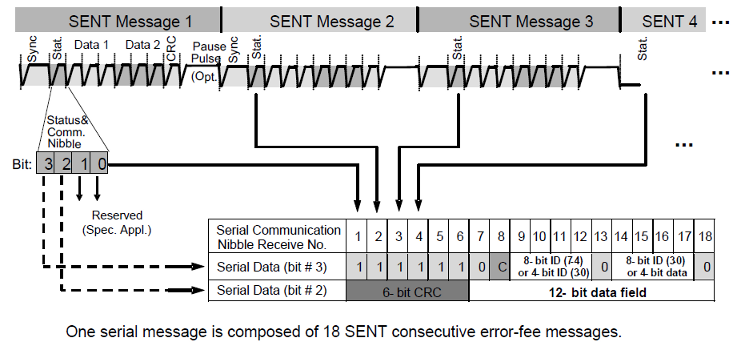
- Enhanced Format
Serial data is transmitted in bit 2 and bit 3 of the Status and Communication nibble. Serial data is communicated in a 18-bit sequence. The serial message frame contains 12 bits of payload data. Two different configurations can be chosen determined by the configuration bit: - 12-bit data and 8-bit message ID
- 16-bit data and 4-bit message ID
- All 18 frames must be successfully received (no errors, calibration pulse variation, data nibble CRC error, etc.) for the serial value to be received.
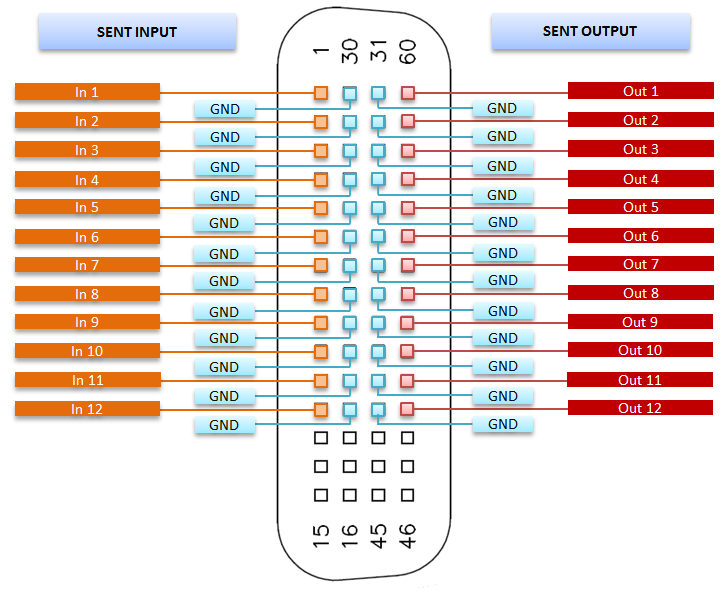
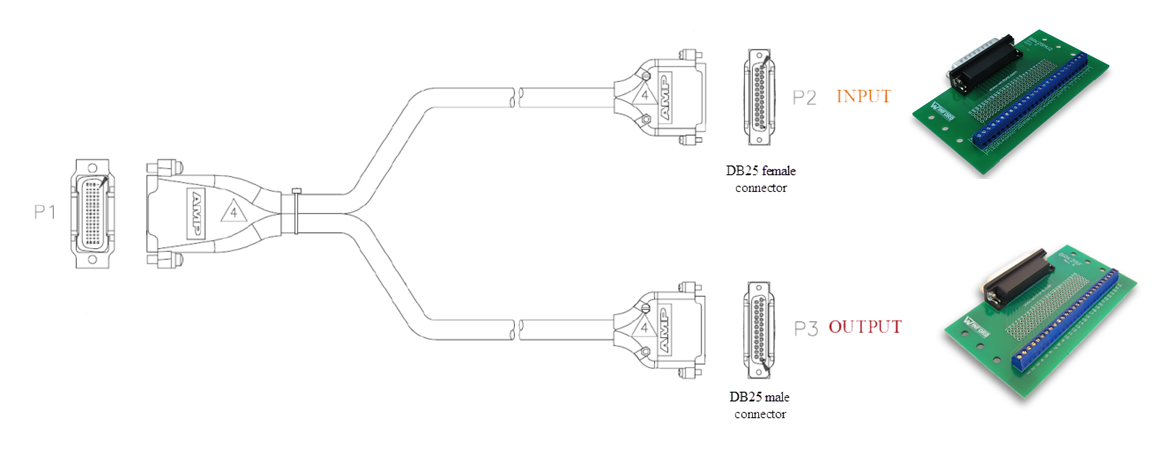
 Add the ID's to the
enhanced format branch. The Same ID can be repeated within the sequence. The ID's will be sent in the order in which they appear
in the list. You can reorder the list by selecting a ID and clicking on the move-up / move-down arrow buttons.
Add the ID's to the
enhanced format branch. The Same ID can be repeated within the sequence. The ID's will be sent in the order in which they appear
in the list. You can reorder the list by selecting a ID and clicking on the move-up / move-down arrow buttons.
